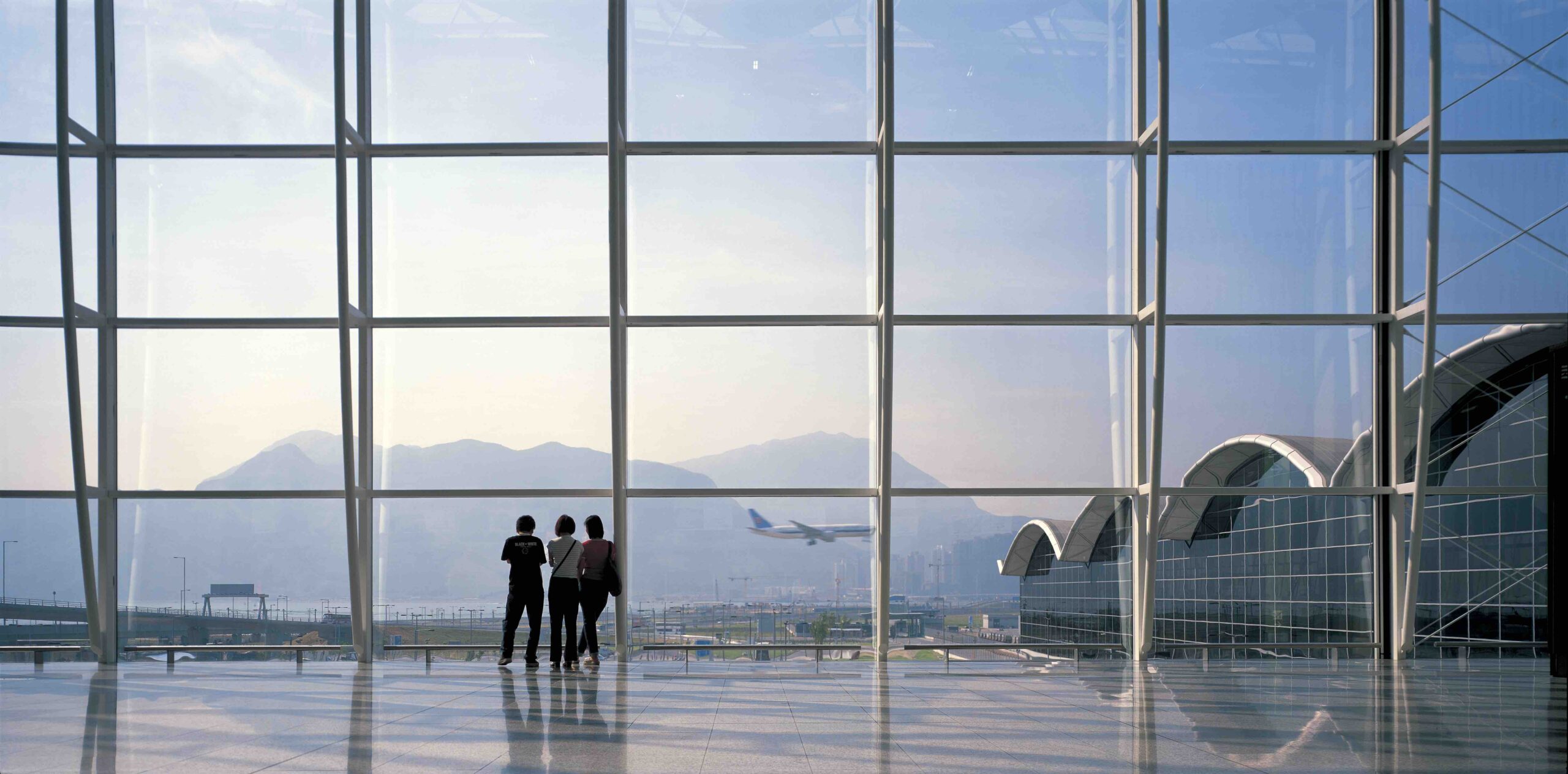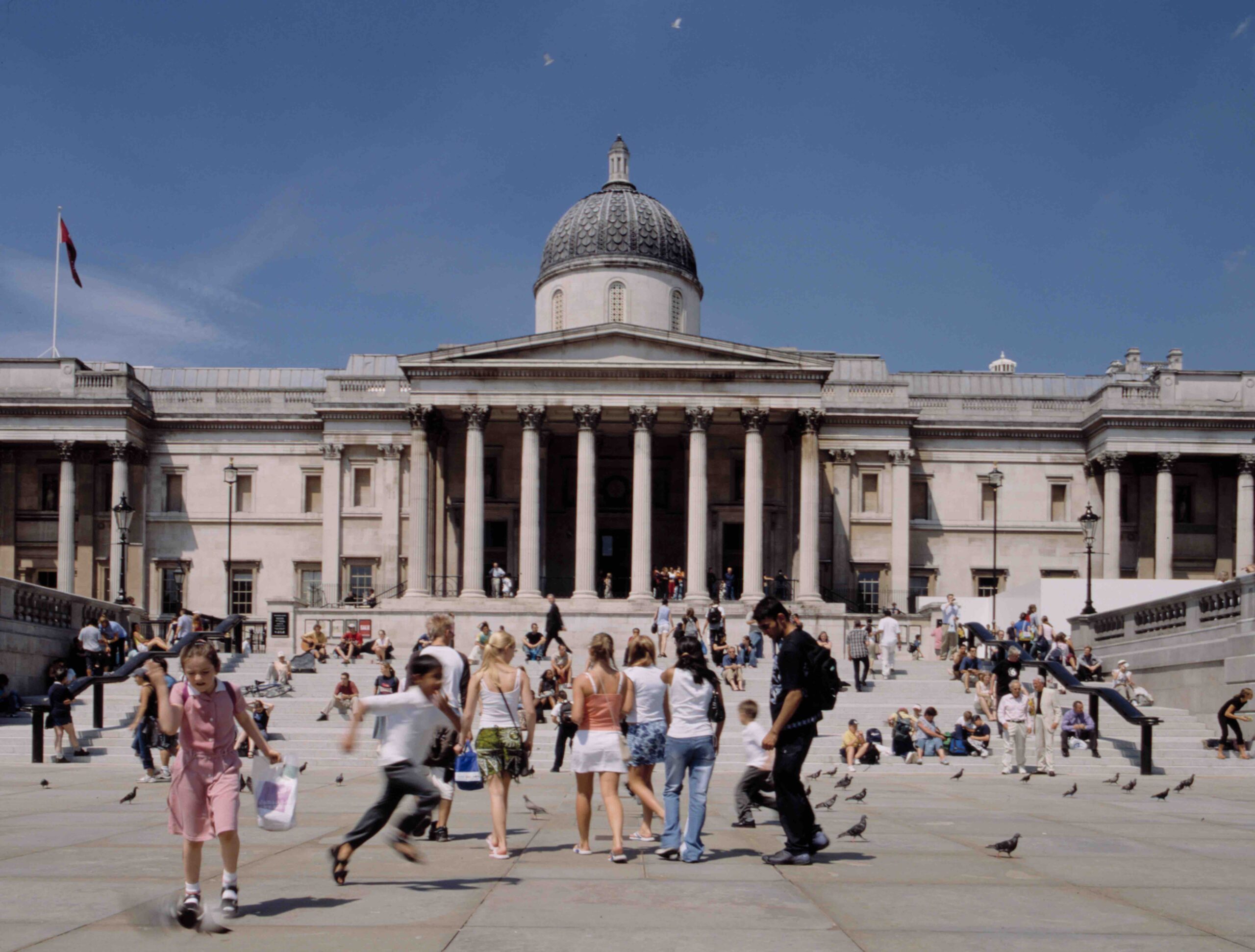The retrospective exhibition entitled Norman Foster chronicles the career, artistic and practical development of the world-famous architect. It analyses all periods of his professional life, reflecting on seven different themes and around 130 projects. The aspects addressed in the exhibition range from categories as follows: Nature and Urban in which the tree becomes a real source of inspiration and a metaphor for an ideal building, which breathes and responds to the succession of seasons and time; Skin and Bones recounts the relationship between different and separate systems of structure, between environmental services and external cladding; Vertical City is identified in the image of the skyscraper, emblem of the modern city and reminder of its own invention as the greatest creation of civilization; History and Tradition recalls how in order to look to the future it is necessary to first observe the past; Planning and Places, on the other hand, is a reflection on urban spaces and the glue that binds the individual structures and determines the identity and DNA of the entire city; Networks and Mobility investigates the practical aspect of the physical infrastructures necessary for the mobility of people, goods, merchandise and even information; Future Perspectives has a perspective projected forward in time and space, offering a glimpse of the world of the future, more autonomous, in which clean energy sources are available in abundance and accessible to the entire community.

opening image: Foster + Partners, le Viaduc de Millau, Millau (France) 1993-2004. Photo © Daniel Jamme.
“Sketching and drawing has been a way of life for as long as I can remember. […] Which might seem like a blinding flash of inspiration, is most likely borne out of a total immersion in the many issues.”
The exhibition features a gallery of drawings showing a collection of never-before exhibited objects, from drawings and sketches to sketchbooks and photographs taken directly by the architect. Works that introduce the inspiration behind each work, as well as the design and production development in a general sense. Throughout his career, Norman Foster has in fact maintained a very precise identity, specifically linked to research and technology, and capable of integrating technical, economic, social and environmental dimensions into his projects. The concept of environment includes nature and the entire biosphere: this broader vision becomes a central concern in his work. Starting in the 1960s and 1970s, when industrial society was first confronted with environmental challenges, the architect directly participated in the birth and development of the ecological movement in projects that increasingly succeeded in representing the modern world and contemporary challenges.

“By bringing nature into our cities and buildings we can humanize spaces with greenery, views, fresh air and natural light – more healthy, joyful and consuming less energy.”
From May 10th until August 7th 2023 Centre Pompidou is hosting the Norman Foster exhibition.
For more information centrepompidou.fr.


















